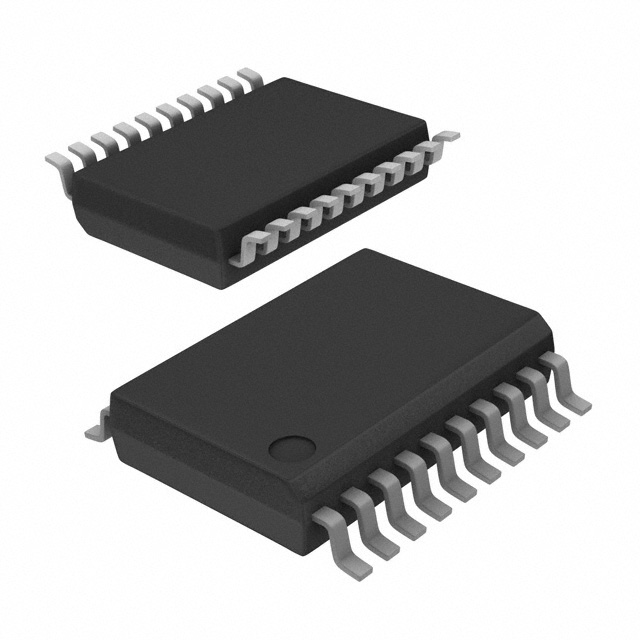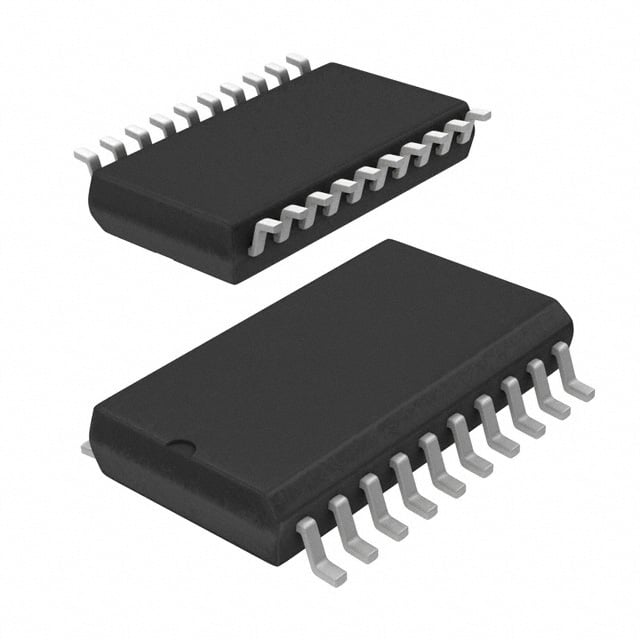Clock Buffers, Drivers
Results:
4,473
Manufacturer
Series
Supplier Device Package
Input
Package / Case
Voltage - Supply
Frequency - Max
Ratio - Input
Output
Ratio - Input:Output
Type
Operating Temperature
Number of Circuits
Differential - Input
Differential - Input:Output
Mounting Type
Output Type
Divider/Multiplier
Input Signal
PLL
Grade
Qualification
Output Signal
Output Configuration
Load Type
Current - Peak Output
Voltage - VCCA
Data Rate
Technology
Voltage - VCCB
Channels per Circuit
Channel Type
Number of Elements
Features
Main Purpose
Input Type
Applications
Number of Bits per Element
Logic Type
Voltage - Load
Rds On (Typ)
Translator Type
Fault Protection
Current - Output / Channel
Interface
Current - Output High, Low
Results remaining:4,473
Clock Buffers, Drivers
Integrated Circuits (ICs) in the domain of clock/timing encompass a variety of components designed to manage the timing and synchronization of signals within electronic systems. Two essential types of ICs within this domain are clock buffers and drivers. Clock Buffers: Clock buffers are a type of integrated circuit designed to receive an input clock signal and produce multiple output clock signals, all of which are synchronized with the input signal. These devices are crucial in digital systems where precise timing and synchronization are paramount. Clock buffers help distribute clock signals across various components, ensuring that all parts of the system operate in harmony. They minimize signal degradation, reduce skew (the variation in arrival times of clock signals at different points in the system), and maintain signal integrity. By providing low output impedance, clock buffers can drive multiple loads without significantly degrading the clock signal. This ensures that all components in the system receive the clock signals simultaneously and reliably. Drivers: Drivers, within the context of clock/timing integrated circuits, are components responsible for providing the necessary electrical current or voltage to control and operate other elements within the system. Specifically, clock/timing drivers are utilized to interface between different parts of the system, ensuring that signals are transmitted with the appropriate voltage levels and current capabilities. They play a critical role in driving various components, such as LEDs, displays, and communication interfaces, by providing the required electrical characteristics for their proper operation. In addition to voltage and current translation, clock/timing drivers also ensure that the loads receive the correct timing and synchronization signals, contributing to the overall reliable and accurate operation of the electronic system. In summary, within the realm of clock/timing integrated circuits, clock buffers and drivers are essential components that work together to ensure precise timing, synchronization, and reliable operation of electronic systems. Clock buffers facilitate the distribution of synchronized clock signals, while drivers provide the necessary electrical characteristics and interface capabilities to control and operate various components within the system. Both components are vital for maintaining signal integrity, minimizing skew, and enabling the efficient operation of digital systems.




